| 주 저자 | Kim, Min-Hwi |
|---|
| 공동 저자 | J.H. Kim, O.H. Kwon, A.S. Choi, J.W. Jeong |
|---|
| 소속 | * Department of Architectural Engineering Sejong University Republic of Korea, ** Associate Professor Department of Architectural Engineering Sejong University Republic of Korea |
|---|
| Abstract | The objective of this research is to determine overall heat transfer coefficients (U-value) of the exterior walls, floors, and roof of a Korean traditional residence via field measurement of transient heat flow and temperature difference across each envelope. The acquired U-values are compared with other existing values and those for current residential buildings. As for the field measurement, heat flux sensors and T-type thermocouple are attached on the internal and the external surfaces of each building component. Real-time measurement data are logged for three consecutive summer days. Acquired U-values agree well with other existing values for traditional building envelopes found in the open literature, but they are higher than U-values of current buildings. From this result one may conclude that the Korean traditional building has uncompetitive thermal performance compared with today's buildings. However, the energy simulation performed in this research shows that the traditional building can provide moderate cooling load competitive to current buildings. It comes mainly from the inherent characteristic of the traditional residence including relatively high infiltration rate and reduced solar radiation penetrating the windows. |
|---|
| Keyword | overall heat transfer coefficient; heat flux sensor; building envelope; field measurement |
|---|
| 페이지 | pp. 263~270 |
|---|
| 논문 파일 |
|
|---|
| 게재일시 |
2011-10
|
|---|
| DOI | - |
|---|
| 학회/저널명 | Journal of Asian Architecture and Building Engineering Vol.10, No.1 |
|---|
| 년도 | 2011 |
|---|
| 추가 문구 | - |
|---|
| 등록 일시 | 2025-06-18 13:32:37 |
|---|
